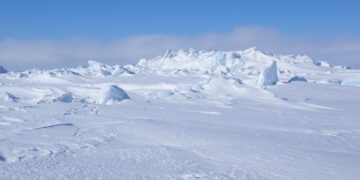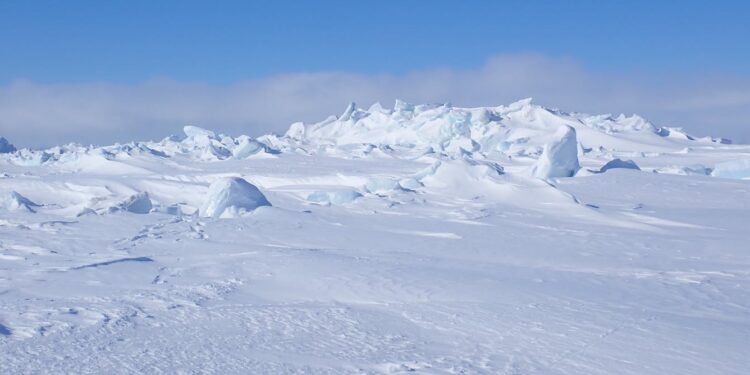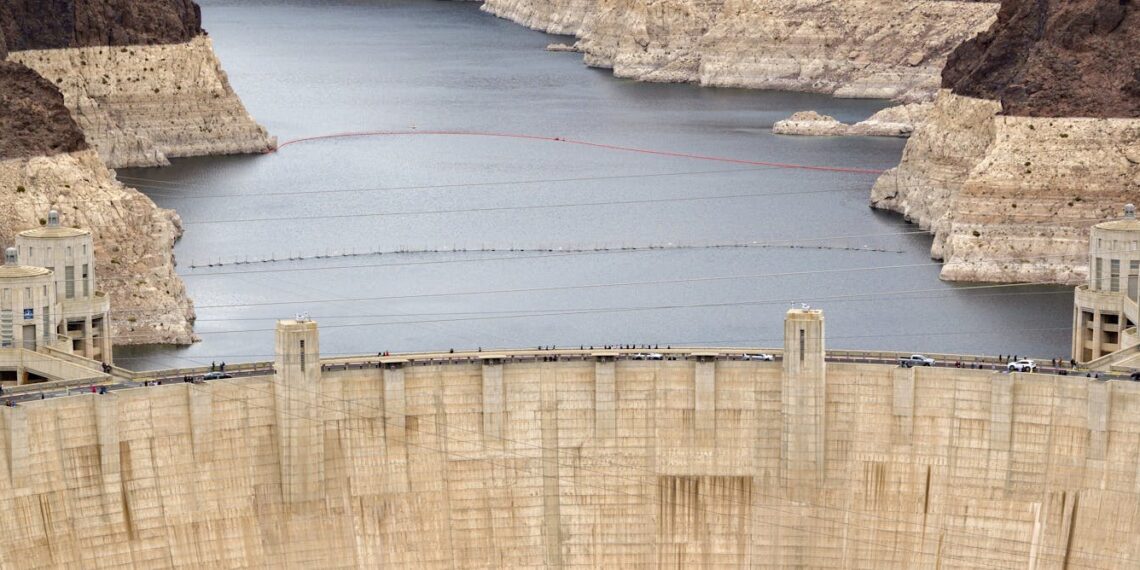Login to Continue Learning
I first ventured out onto the frozen Arctic water off Utqiagvik, Alaska, and was immediately captivated by its icy landscape. Piles of blue and white sea-ice rubble several feet high gave way to flat areas and then rubble again. Snow atop it, sometimes several feet deep, hides gaps among the blocks of sea ice. I learned this firsthand when one leg suddenly disappeared through the snow.
As a polar climate scientist, my work has long focused on Arctic sea ice. Yet spending time with local hunters who rely on the ice for traditional food provided new insights. They use snowmobiles to reach whales and seals, navigating when the sea ice is safe. However, as global temperatures rise, that safety is changing.
They described how coastal erosion worsens as protective ice disappears earlier and forms later. On land, they face challenges from thawing permafrost, causing roads and buildings to sink.
The hunters’ experiences echo satellite data showing a dramatic decline in Arctic sea ice. Most winters, sea ice covers the entire surface of the Arctic Ocean basin, even extending into the northern North Atlantic and Pacific. In late summer, it used to cover about half the Arctic Ocean but has declined by about 50% since 1978.
This decline affects local ecosystems and allows more shipping through the Arctic Ocean. It also contributes to global warming because the loss of reflective white sea-ice surface leaves dark open water that absorbs the Sun’s radiation, adding heat to the system.
Along the Alaskan coast, shorter ice-free seasons mean less time for safe travel over ice and less protection from ocean waves. Open water increases coastal erosion risks, particularly when combined with thawing permafrost, stronger storms, and rising sea levels. These are driven by greenhouse gas emissions, mainly from burning fossil fuels.
In some places, erosion threatens roads, houses, and entire communities. Research has shown that coastal erosion in Alaska has accelerated over recent decades. More weeks of open water also affect animals like polar bears, which spend the summer on land but require sea ice to hunt seals. The longer sea ice stays away from land, the longer polar bears are deprived of high-fat food, threatening their survival.
Across the Arctic, satellite data shows that sea ice has been thinning and getting younger. As recently as the late 1970s, about 60% of the Arctic sea ice was at least one year old and generally thicker than younger ice. Today, the amount of ice more than a year old is down to about 35%.
Local residents notice that multiyear sea ice is much less salty than new sea ice. Hunters used to cut blocks of multiyear sea ice for drinking water, but find it harder to locate.
Since coastal landfast sea ice around Utqiagvik no longer contains much multiyear sea ice, if any, hunters now need to take a block of lake ice or jugs of water if they plan to stay on the ice for several days.
As long as greenhouse gas emissions continue to increase, Arctic sea ice will generally continue to decline. Studies show that average U.S. carbon dioxide emissions per person each year led to the disappearance of an area of summer sea ice about 430 to 538 square feet (40 to 50 square meters) each year.
Today, when Arctic sea ice is at its minimum extent in late summer, it covers only about half what it covered in 1979. The Arctic still has around 1.8 million square miles (4.6 million square kilometers) of sea ice that survives the summer melt, approximately equal to the area of the entire European Union.
Climate models show the Arctic could be ice-free at the end of summer within decades if greenhouse gas emissions are not curtailed. While this opens shipping routes through the Arctic in summer, it brings profound ecological changes as more light and heat enter the ocean surface.
The warmer the surface ocean water is, the longer it will take for the ocean to cool back down to freezing point in fall, delaying sea ice formation.
Arctic sea ice will continue to form in winter for several decades. Despite months of no sunlight, very cold temperatures allow new sea ice to form.
However, if global greenhouse gas emissions are not reduced, climate models show that even winter sea ice along the Alaskan coast could disappear by the end of the 21st century.



















